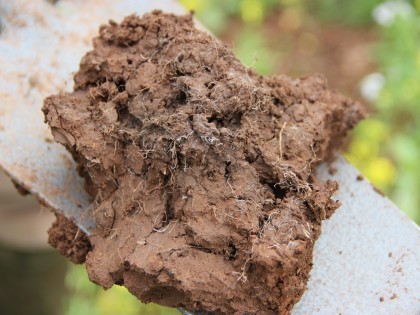
The simple guides focus on the key practical points farmers can do to improve soil health on-farm and have been developed by bringing together the UK’s top academics and practitioners.
There are six guides available, covering different farming systems:
- Upland livestock farms
- Lowland livestock
- Mixed farms
- Combinable cropping
- Root crops and maize
- Field vegetables
The broad, cross-industry collaboration that developed the key messages and advice contained within these new guides creates a sound foundation for action by farmers and the wider agricultural sector. This wide-ranging partnership was brought together by the UK Soil Health Initiative, the WWF-Tesco Partnership and Championing the Farmed Environment (CFE) to help identify the actions that can be taken on-farm to better manage soils for a sustainable future.
Healthy, well-managed soils are the foundation for productive farming systems. Taking steps to improve soil health is a vital part of future-proofing all farms against the challenges of climate change and changing government support, by supporting good yields and reducing environmental impacts.
Elizabeth Stockdale, Head of Farming Systems Research at NIAB said: "These simple, practical guides mark a real step-forward in helping farmers manage their soil, for the benefit of all.
"Each guide contains a simple starting place of three things to consider, and three things to avoid. We’d love all farmers to start with that, and this would make a real difference to our soils – potentially improving crop yields, alleviating flooding and improving biodiversity. For any farmers that want to do more, the ‘Going beyond the norm’ section of the guides gives advice on more advanced soil management options."
Callum Weir, Sustainable Agriculture Specialist, WWF-UK, added: "The cross-industry support and collaboration we’ve had in putting these together has been invaluable. The guides contain real-life, practical advice to help farmers and land managers manage their soils in a sustainable manner.
"So many stakeholders, who have different roles in managing our farmed landscape, have aligned behind the message contained in these six guides – it really is worth the whole industry taking a look and these guides and implementing the messages contained within them."
